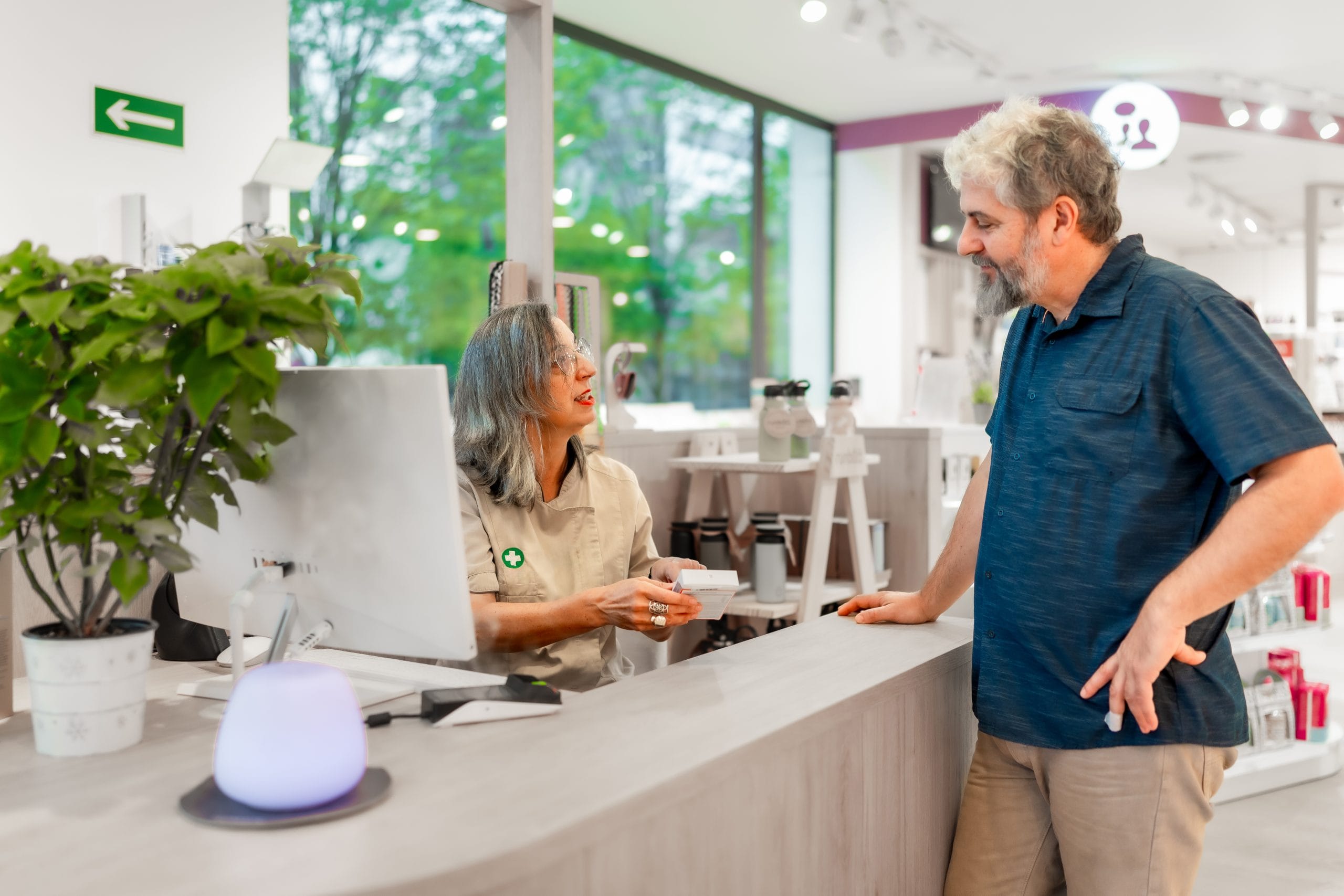At their core, digital marketplaces connect buyers and sellers while providing tools, trust systems, and payment infrastructure to streamline transactions. They reduce friction, expand reach, and often lower operational costs compared to traditional commerce models. However, the success of these platforms is not just about technology—it is also about user experience, adaptability, and the ability to build trust at scale.
The Shifting Landscape of Digital Marketplaces
What was once a space dominated by a few large players has diversified into a web of specialized platforms. While giants like Alibaba and eBay continue to dominate global commerce in scale, niche marketplaces are gaining momentum by focusing on curated selections, specific industries, or unique customer needs. These specialized models often offer deeper value to customers who are looking for more than just competitive pricing—they want expertise, authenticity, and relevance.
The rise of localized marketplaces is another significant trend. Platforms tailored to a specific region or cultural context have carved out space alongside the global leaders. This is particularly evident in emerging markets, where digital marketplaces are not only meeting consumer demand but also acting as catalysts for small business growth.
Technology Driving Transformation
Advancements in artificial intelligence, machine learning, and data analytics are reshaping how digital marketplaces operate. Algorithms now predict consumer preferences with remarkable accuracy, recommend products in real time, and optimize pricing dynamically. These tools give sellers new ways to engage customers while helping buyers discover relevant offerings faster.
Blockchain technology is also beginning to influence the sector, particularly in areas like transparent supply chains, secure payments, and authenticity verification. While still in its early adoption stages for many platforms, blockchain could become a differentiating factor for marketplaces that rely heavily on trust and verification, such as those dealing in luxury goods or rare collectibles.
Meanwhile, mobile first strategies have become essential. A growing percentage of marketplace transactions happen on smartphones, making mobile optimization, fast-loading interfaces, and app-based experiences critical to retaining and expanding a user base. The expectation now is not just to have a mobile-friendly site but to deliver seamless functionality and personalized experiences on smaller screens.
The Role of Trust and Reputation
Trust remains one of the most valuable currencies in digital marketplaces. No matter how sophisticated the technology, users will not transact without confidence in the platform’s ability to deliver on its promises. Effective review systems, responsive dispute resolution, and verified seller programs all contribute to building and maintaining that trust.
Reverb, a marketplace for musical instruments, has built its reputation through rigorous seller vetting and transparent buyer protections. By creating an environment where both hobbyists and professionals feel confident buying and selling, the platform has expanded its reach while maintaining community credibility.
The challenge for many marketplaces is balancing openness with quality control. While allowing anyone to list items can expand inventory quickly, it can also dilute trust if customers encounter unreliable sellers or counterfeit products. Marketplaces that invest in vetting processes, even at the expense of short-term growth, often see stronger long-term loyalty.
Globalization and Cross-Border Commerce
As technology lowers barriers to international trade, digital marketplaces are becoming key enablers of cross-border commerce. Sellers in one part of the world can now reach customers thousands of miles away with relative ease. Platforms that integrate cross-border payment systems, currency conversion, and international shipping solutions position themselves to capture this growing segment of trade.
Farfetch has leveraged its marketplace model to connect luxury fashion boutiques around the world with a global audience, offering not just products but also localized customer service and tailored logistics solutions. This combination of global reach with localized support is increasingly becoming a competitive advantage.
However, cross-border commerce also brings challenges. Customs regulations, varying tax structures, and fluctuating exchange rates can create complexity for both sellers and buyers. Leading marketplaces are addressing these issues by integrating compliance tools and transparent cost breakdowns into the checkout process.
Sustainability and Ethical Commerce in Marketplaces
A growing number of consumers are making purchasing decisions based on sustainability and ethical practices. Digital marketplaces have responded by highlighting eco-friendly products, transparent sourcing, and fair-trade certifications. This shift is not limited to a single industry—it spans fashion, electronics, food, and beyond.
Platforms like Etsy have built brand equity by championing handmade, small-batch, and environmentally conscious products. These practices resonate strongly with a segment of consumers who want their purchases to reflect their values.
Marketplaces that can authentically integrate sustainability into their business models, rather than treating it as an afterthought, are likely to gain a competitive edge. This requires more than just marketing—it involves actively curating vendors, tracking supply chains, and being transparent about impact.

Personalization and the Customer Experience
As competition intensifies, personalization has become a critical differentiator for digital marketplaces. Platforms are leveraging customer data to tailor search results, recommend relevant products, and even adjust user interfaces to fit browsing patterns. The goal is to make every interaction feel intuitive and relevant.
Zalando uses personalized content feeds to present customers with fashion items that match their preferences and buying history. This approach not only increases conversion rates but also deepens customer engagement over time.
The challenge lies in balancing personalization with privacy. Customers are increasingly aware of how their data is collected and used. Marketplaces that are transparent about data practices and offer clear opt-in options can maintain trust while still delivering tailored experiences.
Emerging Business Models in Marketplaces
Beyond traditional commission-based revenue models, marketplaces are experimenting with subscriptions, premium seller services, and advertising networks. Subscription models, in particular, offer predictable revenue and can deepen loyalty by providing exclusive benefits such as reduced fees, premium placement, or access to special events.
Some platforms are exploring hybrid approaches, combining direct-to-consumer sales with marketplace functionality. This allows them to capture both the brand control of direct sales and the network effects of multi-vendor marketplaces. The key is finding the right balance between serving the end customer and empowering the sellers who contribute to the platform’s success.
Adapting to Regulatory Changes
Regulatory environments for digital marketplaces are evolving, especially in areas such as consumer protection, data privacy, and antitrust concerns. The European Union’s Digital Services Act and various data privacy laws worldwide are reshaping how marketplaces manage listings, handle disputes, and use customer information.
Companies that adapt early to these regulatory frameworks can avoid costly penalties and position themselves as leaders in compliance. This not only reduces legal risk but can also be a selling point for customers who value transparent and ethical business practices.
The Future Workforce of Digital Marketplaces
The growth of marketplaces also influences labor markets. Gig economy roles—from fulfillment workers to freelance sellers—are expanding in scope and importance. Platforms need to address how they support this workforce, whether through fair pay, skills training, or technology that makes participation easier.
Investing in seller education, particularly for small businesses and solo entrepreneurs, can drive growth for the platform while creating stronger loyalty among sellers. This approach can be particularly powerful for marketplaces targeting emerging economies, where the platform can serve as both a sales channel and a development tool.
Key Takeaways
The future of digital marketplaces will be shaped by technology, trust, and adaptability. Platforms that can combine innovation with authenticity will be best positioned to capture the next wave of growth. Whether by leveraging AI to improve personalization, embracing sustainable commerce, or creating seamless cross-border experiences, marketplaces that anticipate shifts and act decisively will stand out in an increasingly competitive space.
For entrepreneurs and business leaders, the message is clear—digital marketplaces are not just sales channels; they are ecosystems that can define brand visibility, customer loyalty, and global reach. Investing in marketplace strategies today could determine the trajectory of growth for years to come.








